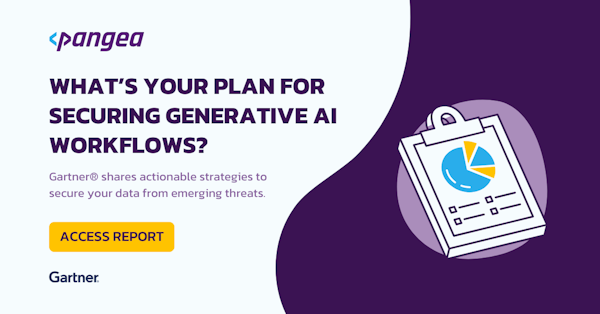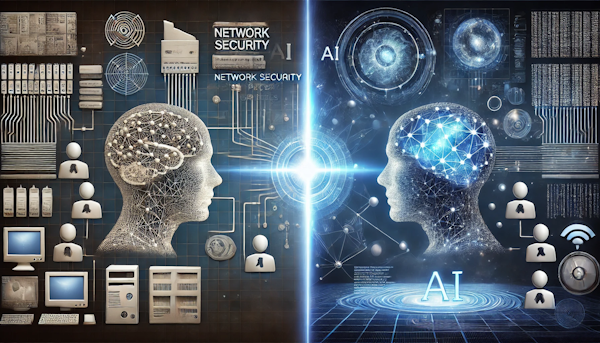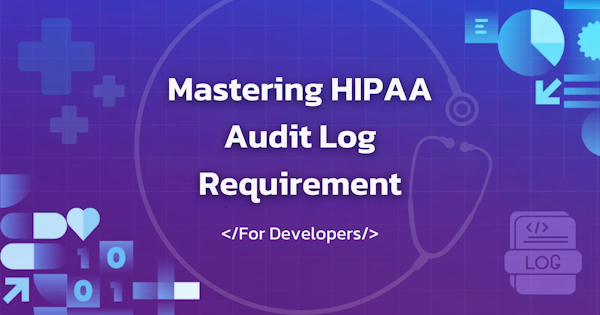As organizations rush to build AI applications that integrate enterprise and customer data with large language models (LLMs), it's crucial to understand and mitigate the security risks that come with this new technology. In a recent webinar hosted by Pangea, an AI guardrails company, in collaboration with the Enterprise Strategy Group, experts discussed the current state of AI adoption, the security risks associated with popular AI architectures, and best practices for implementing strong security guardrails.
The Rise of AI Applications in Enterprises
According to Melinda Marks, Practice Director of Cybersecurity for Enterprise Strategy Group, the adoption of generative AI is on the rise. Their latest research shows that 8% of organizations have mature AI applications in production, 22% are in early production, and 33% are in the pilot or proof-of-concept stage.
The top business benefits driving AI adoption include:
Increasing productivity
Improving operational efficiency
Automating workflows
Enhancing customer service
Supporting data analytics and business intelligence
However, as organizations seek to leverage these benefits by incorporating their own enterprise data into AI models, data privacy and security concerns top the list of risk factors.
AI Application Architectures and Their Security Risks
Retrieval-Augmented Generation (RAG) and agentic architectures offer different approaches to integrating enterprise data with LLMs and each introduce unique security risks.
RAG Architecture
RAG architectures are relatively easy to build, prototype, deploy, and test. They consist of an ingestion pipeline that collects data from multiple sources and an inference pipeline that pulls relevant information to respond to user queries. Sourabh Satish, Chief Technology Officer and Co-Founder of Pangea, noted that frameworks like LangChain and Llama Index have made it even easier for developers to overcome complications and quickly prove the value of their AI applications, but RAG architectures come with security risks such as:
Ensuring proper data access controls
Preventing malware distribution through ingested data
Mitigating sensitive data leakage
Agentic Architecture
Agentic architectures represent the next level of evolution for AI applications, enabling agents to not only collect and process information but also execute actions autonomously. This allows for more complete and comprehensive problem-solving compared to the point-in-time interactions of RAG architectures.
The main security risk associated with agentic architectures is unsupervised action execution. It's crucial to ensure that agents only perform authorized actions and use provisioned tools as expected.
Managing Security Risks in AI Applications
To effectively manage security risks in AI applications, it's important to categorize the threats and implement appropriate controls. Pangea Chief Product Officer, Rob Truesdell, breaks down the key areas of concern into five AI product security challenges:

Real-world examples of AI threats include indirect prompt injection through RAG architectures, where a malicious prompt nested within a shared document could be processed by an LLM without the user even opening the file.
Implementing Security Controls
For RAG architectures, security controls should include:
Strong authentication for users and external systems
Guardrails for detecting and defanging malicious content
Authorization checks for context fetched from external data sources
In agentic architectures, mitigation strategies involve:
Provisioning agents with the right access tokens and credentials
Auditing agent activities and tool usage with a tamperproof log
Ensuring non-malicious data processing and parameter passing
How Pangea Secures AI Apps
Pangea offers a range of products to help organizations implement security guardrails in their AI applications. These include authentication, access control, and AI guardrails that can be easily integrated via a single API call. Whether an application is built on a RAG or agentic architecture, Pangea's solutions can be inserted at various points, deployed in app or via network gateways to deliver comprehensive security and visibility.
Get the Full Scoop
As the adoption of AI applications continues to grow, it's essential for enterprise leaders and engineering managers to proactively address the security risks associated with these new technologies. By understanding the unique challenges posed by RAG and agentic architectures and implementing strong security guardrails, organizations can safely harness the power of AI to drive business value.
To learn more about navigating the security risks of AI applications, watch the full webinar recording:




